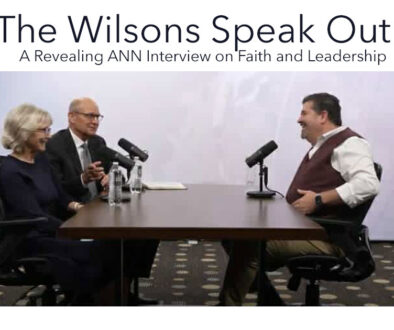Is Your Local Church Healthy or Dying?
by Monte Sahlin
It is really a simple question. It was asked of pastors and lay leaders in a random sample of more than 11,000 congregations of all faiths across America. “Would you agree? Our congregation is spiritually vital and alive.”
The leaders who responded to this survey could pick one of five answers from “Strongly Agree” to “Strongly Disagree.” Overall, just 28 percent gave the most positive response. And among Seventh-day Adventist churches it was only 16 percent.
Maybe these pastors were just being modest, but there does seem to be a spiritual decline across the country and Adventist churches seem to be down along with all of the other denominations. For one thing, church attendance is down. The median size group gathering for worship each week dropped from 120 to 108 over the last decade, and Adventist churches were part of that trend.
It is surprising to researchers that things are down because in the past when the economy declined, as it has over recent years, Americans have returned to their religious faith and gone back to church. That does not seem to be happening this time, although it may simply be too soon to draw conclusions.
These data are from a survey conducted as part of the 2010 Faith Communities Today (FACT) survey. It is conducted every ten years by the Cooperative Congregational Studies Partnership which includes researchers from all the major religious groups in America. Dr. Roger Dudley, director of the Institute of Church Ministry at Andrews University, conducted the Adventist segment of the survey.
One reason for the decline may be that congregations are not trying as hard as they did a decade ago. Only one in five congregations reported that they had two or more ministries which they considered as high priority for their church. Adventist churches had a slightly lower response with just 17 percent of our local churches reporting the same.
Adventist data also show fewer local churches involved in all areas of community outreach except public evangelism. This means there is less plowing and sowing and nurturing going on while there is an increase in harvest activity. Any farmer will tell you that might work for one crop cycle, but it yields decreased production over two or more seasons.
What Do These Numbers Mean?
It is time for revival and transformation in our denomination. We cannot simply rest on our laurels. It is encouraging that last year USA Today reported that the Adventist Church is the fastest growing Christian denomination in America, but that may not be saying much in a country where more and more people—especially young people—are withdrawing from religion all together.
What do revival and transformation mean in your congregation? Is it time to go back to basics? If we simply go back to the way we did things in the past, will that really generate new vitality and advance the cause of Christ? Is the Holy Spirit trying to lead us into new territory and new opportunities? Are we ready to follow? Where is God working in your community? Where is the message of hope most needed?
If you would like to take the same survey in your local church and provide information for your church board to consider, please send me a request. I will be happy to send you a copy of the questionnaire and instructions on how to conduct it. You can send an Email request to msahlin@creativeministry.org or dial (800) 272-4664.



